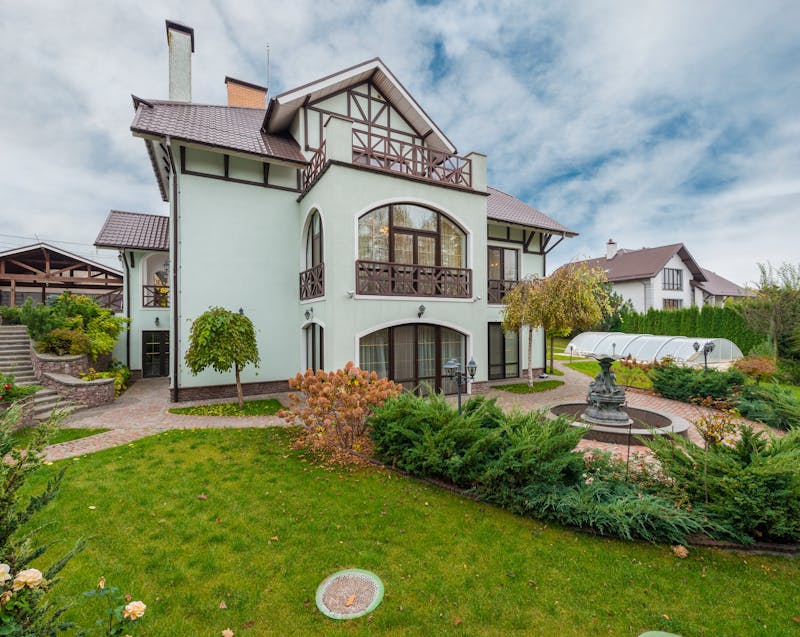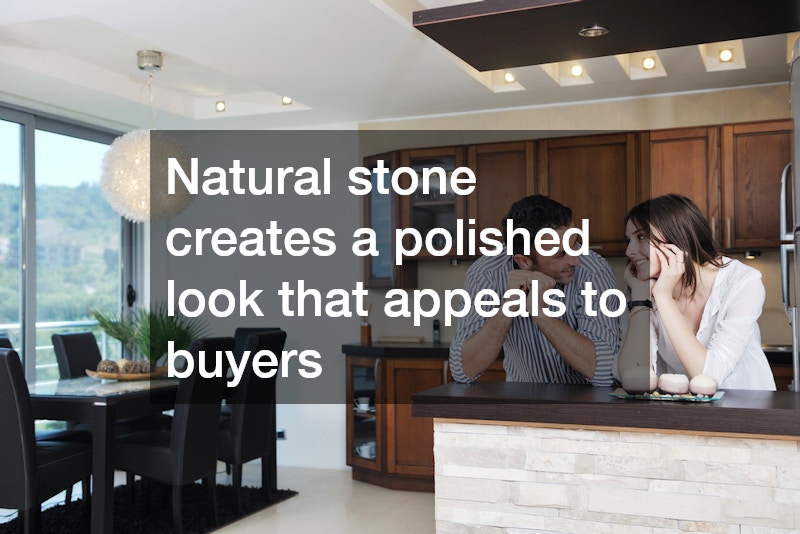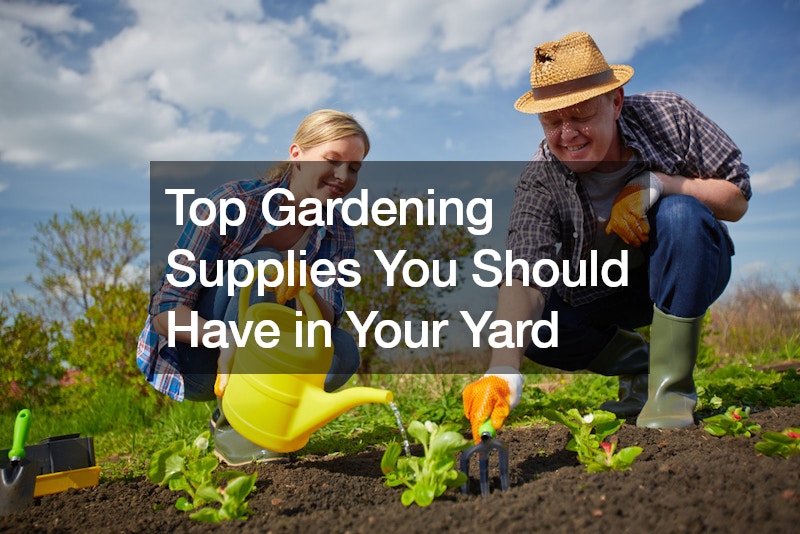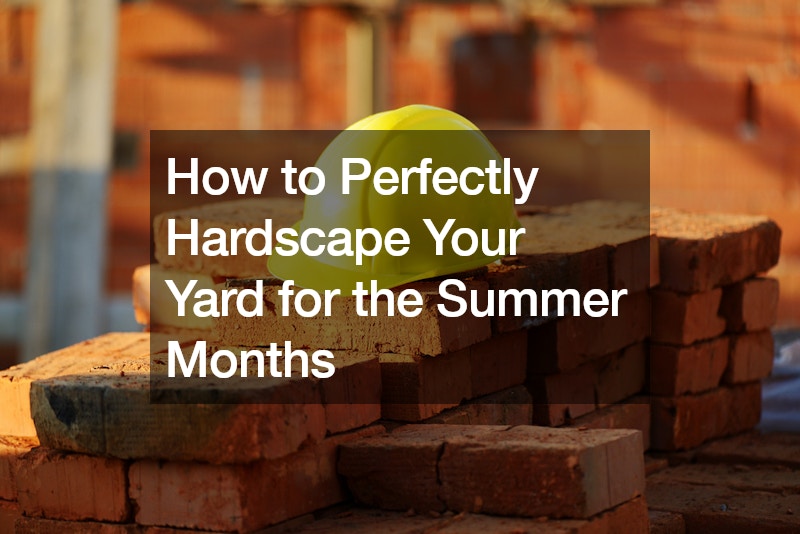- A balanced mix of hardscaping and landscaping creates outdoor spaces that are both functional and visually appealing.
- Planning is essential—assess your yard, set goals, establish a budget, and choose a style before starting.
- Hardscaping features like patios, pathways, retaining walls, and fire pits provide structure and usability.
- Landscaping elements such as native plants, trees, water features, and layered planting bring life, color, and softness.
- Combining both—like patios with planters or retaining walls with gardens—maximizes impact and curb appeal.
- Sustainable choices such as permeable pavers, drip irrigation, and drought-tolerant plants lower costs and benefit the environment.
- Hiring professionals for complex installations ensures durability, safety, and a polished finish.
Designing the perfect outdoor space is about more than just planting flowers or arranging shrubs. Homeowners today want multifunctional, beautiful, and lasting outdoor environments that enhance their lifestyle and property value. That’s where the thoughtful blend of hardscaping and landscaping comes into play. By combining natural elements like plants and greenery with structural features such as patios, pathways, or retaining walls, you can transform your backyard into an inviting extension of your home.
This comprehensive guide explores creative ideas, practical solutions, and professional tips for designing an outdoor area that balances beauty, comfort, and functionality. Whether you’re working with a sprawling yard or a compact patio, these insights will help you bring your dream outdoor space to life.
Why Outdoor Spaces Matter for Homeowners
Before diving into specific design ideas, it’s important to understand why outdoor spaces deserve attention. More than ever, backyards, patios, and gardens are being treated as extensions of indoor living. A well-designed outdoor area provides:
- Relaxation: A peaceful retreat to escape stress and enjoy nature.
- Entertainment: A comfortable setting to host family gatherings, parties, or casual get-togethers.
- Property Value: Attractive and functional outdoor designs boost curb appeal and marketability.
- Sustainability: Proper landscaping can support eco-friendly initiatives such as water conservation and native plant growth.
Investing in outdoor design not only improves your quality of life but also enhances long-term property value.
What Is the Difference Between Hardscaping and Landscaping?
When planning your backyard makeover, it’s essential to understand the difference between hardscaping and landscaping, as both contribute unique qualities to your space.
- Landscaping focuses on natural elements such as plants, trees, grass, and soil. It emphasizes living components, adding softness, texture, and color to outdoor areas.
- Hardscaping includes non-living structural features such as patios, retaining walls, fire pits, stone walkways, pergolas, and water fountains. These provide shape, durability, and function.
The magic happens when these two elements are thoughtfully combined. For example, a stone pathway (hardscape) bordered by flower beds (landscape) creates visual balance and enhances usability.
How to Start Planning Your Outdoor Transformation
Transforming your outdoor space starts with a clear plan. Jumping into projects without a vision often leads to mismatched styles or wasted money. Here are key steps to consider before beginning:
- Assess Your Space
- Take note of size, shape, and natural features such as slopes or trees.
- Identify areas prone to shade, wind, or excess water.
- Define Your Goals
- Do you want a relaxing garden, a space for entertaining, or a kid-friendly play area?
- Prioritize functionality alongside aesthetics.
- Set a Budget
- Hardscaping features like patios or retaining walls may be more expensive than landscaping projects.
- Plan for both short-term projects and long-term upgrades.
- Choose a Style
- Modern, rustic, minimalist, or traditional—your choice should complement your home’s architecture.
- Consult Professionals (if needed)
- A hardscaping and landscaping contractor can help with complex installations like irrigation systems, drainage solutions, or stonework.
Planning ensures your outdoor space is not only visually appealing but also practical and long-lasting.
Creative Hardscaping Ideas to Elevate Your Outdoor Space
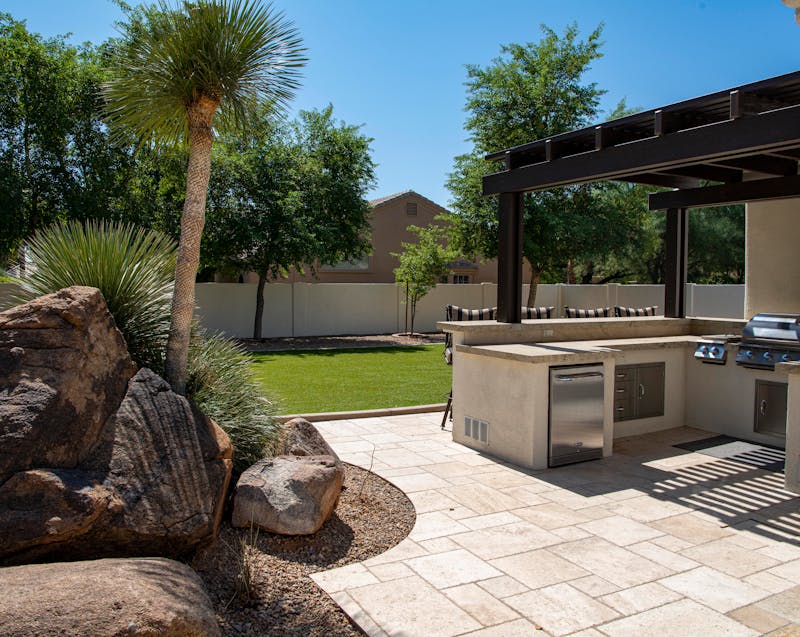
When it comes to hardscaping, creativity lies in choosing elements that both define your space and complement natural surroundings. Let’s look at some standout ideas homeowners can explore.
Build an Inviting Patio Area
A patio acts as the foundation of many outdoor living spaces. Options include natural stone, stamped concrete, or interlocking pavers. Pair it with furniture and outdoor lighting for an instant gathering spot.
Add Walkways and Pathways
Pathways provide structure and guide movement. Consider materials such as flagstone, gravel, or brick. Curved walkways soften a formal yard, while straight lines emphasize modern design.
Incorporate Retaining Walls
Not only do retaining walls manage slopes and prevent erosion, but they can also double as seating. Using natural stone or textured concrete gives the space a polished yet organic feel.
Install a Fire Pit or Fireplace
Nothing brings people together like a fire feature. A built-in stone fire pit offers warmth for cool evenings and doubles as a focal point.
Create Outdoor Kitchens
For homeowners who love entertaining, outdoor kitchens with built-in grills, countertops, and even sinks make cooking a social activity.
Quick Hardscaping Tips:
- Use locally sourced materials for cost savings.
- Add lighting within walls or pathways for safety and ambiance.
- Mix textures—like smooth stone with rough wood—for visual interest.
Landscaping Ideas for a Natural and Balanced Backyard
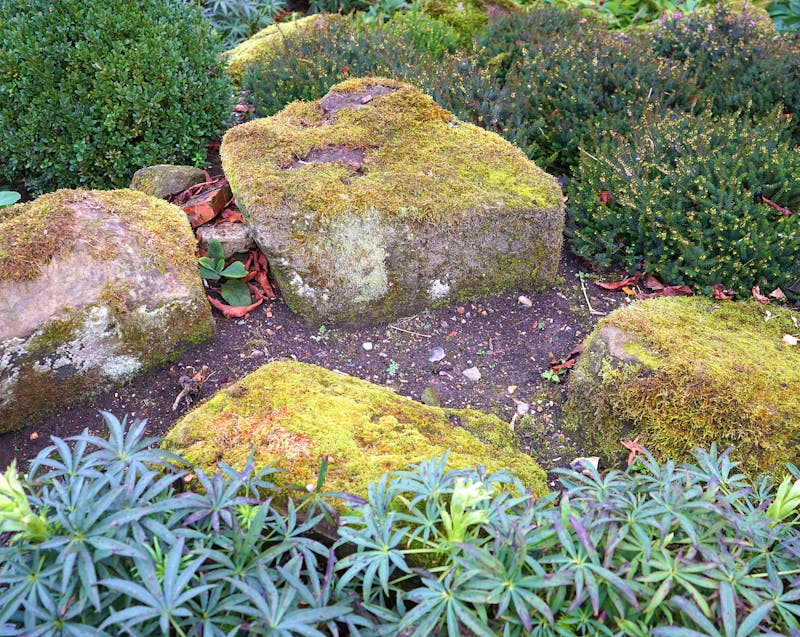
Landscaping adds life and personality to hardscape structures. With the right combination of plants, soil, and natural design, you can create a welcoming and eco-friendly environment.
Design with Native Plants
Native plants require less water and maintenance since they are adapted to local climates. They also support pollinators such as bees and butterflies.
Incorporate Trees Strategically
Trees offer shade, privacy, and structure. Consider fast-growing species if you want quicker results, or ornamental trees for seasonal beauty.
Use Layered Planting Techniques
Mix tall shrubs with medium-height plants and ground cover for depth. Layering prevents monotony and adds texture.
Install a Lawn Alternative
For a low-maintenance option, replace traditional lawns with clover, ornamental grasses, or ground covers. These reduce water usage and upkeep.
Add Water Features
Ponds, fountains, or small waterfalls enhance tranquility and attract wildlife. They also provide soothing sounds for a calming environment.
Pro Landscaping Tips:
- Group plants with similar water needs together.
- Use mulch to retain moisture and reduce weeds.
- Incorporate seasonal plants for year-round interest.
Combining Hardscaping and Landscaping for Maximum Impact
The true beauty of an outdoor space comes when hardscaping and landscaping blend seamlessly. Balance is key: too much hardscape can feel cold, while too much landscape may lack structure. Here are a few ideas to achieve harmony:
- Stone Path with Garden Borders: Frame pathways with vibrant flowers or shrubs.
- Patio with Planters: Use large planters filled with greenery to soften stone patios.
- Retaining Walls with Built-In Gardens: Add soil pockets or vertical gardens within stone walls.
- Water Features with Natural Surroundings: Surround fountains or ponds with native plants for a natural look.
- Pergolas with Vines: Hardscape provides the structure while landscaping adds lushness.
This combination creates a dynamic space that feels both functional and alive.
Sustainable Hardscaping and Landscaping Ideas
Homeowners are increasingly looking for eco-friendly solutions in outdoor design. Sustainable practices not only conserve resources but also lower long-term maintenance costs.
Eco-Friendly Hardscaping Choices
- Permeable pavers reduce runoff by allowing rainwater to seep into the soil.
- Recycled materials such as reclaimed wood or composite decking reduce waste.
- Solar-powered outdoor lighting cuts energy costs.
Sustainable Landscaping Techniques
- Use drip irrigation systems for efficient water use.
- Plant drought-tolerant species to minimize watering needs.
- Incorporate rain gardens to manage stormwater naturally.
By making sustainable choices, you can enjoy a beautiful outdoor space that benefits both your family and the environment.
Small Outdoor Spaces: How to Maximize Style and Function
Not every homeowner has a sprawling yard, but even small spaces can shine with smart design. Compact patios, vertical gardens, and multi-use furniture can make a small outdoor area feel spacious and inviting.
Ideas for Small Spaces:
- Use vertical planters or trellises to save ground space.
- Opt for foldable or built-in seating.
- Choose lighter-colored materials to create an open feel.
- Incorporate mirrors or reflective surfaces to give an illusion of size.
Even the tiniest spaces can be transformed into a cozy retreat with the right hardscaping and landscaping balance.
Common Mistakes to Avoid in Hardscaping and Landscaping
While it’s tempting to dive right into design projects, many homeowners fall into common traps. Here’s what to watch out for:
- Overcrowding Plants: Leads to competition for water and nutrients.
- Poor Drainage Planning: Can cause flooding or structural damage.
- Neglecting Maintenance: Both plants and hardscapes require upkeep.
- Ignoring Proportions: Oversized features can overwhelm small yards.
- Skipping Professional Help: Complex projects like retaining walls or irrigation are best left to experts.
Avoiding these mistakes ensures your investment pays off in beauty and functionality.
Should You Hire a Professional for Your Outdoor Design?
While DIY projects can be fulfilling, certain tasks require professional expertise. Consider hiring a contractor if:
- You need complex hardscaping installations such as retaining walls or drainage systems.
- Your project involves electrical or plumbing elements (outdoor kitchens, lighting, water features).
- You’re unsure how to balance functionality with aesthetics.
Professionals bring knowledge, tools, and experience to ensure long-lasting, high-quality results.
Final Thoughts: Transforming Your Outdoor Space
A thoughtfully designed outdoor space combines the strength of hardscaping with the beauty of landscaping. From patios and fire pits to lush gardens and water features, the possibilities are endless. By carefully planning, balancing structure with nature, and incorporating sustainable choices, homeowners can create outdoor areas that enhance their lifestyle and increase property value.
Whether you’re tackling small DIY projects or working with professionals, the key lies in creativity, balance, and practicality. Transform your yard into a welcoming sanctuary that reflects your personality and meets your needs—because your outdoor space deserves as much attention as the inside of your home.

